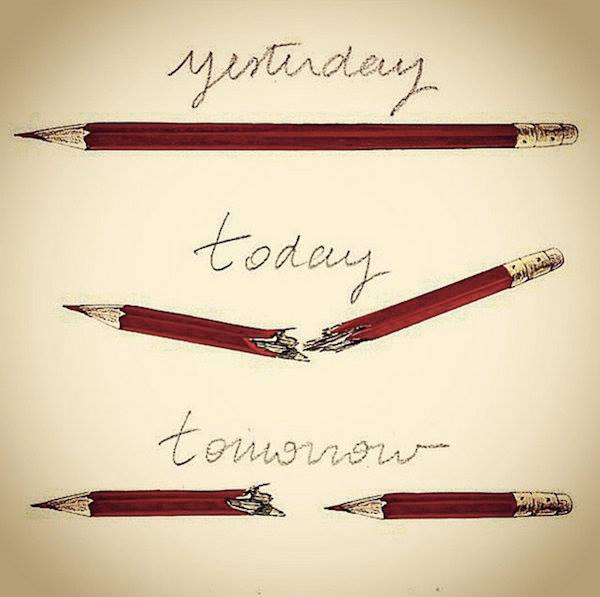Sundance Film Festival Insider: With 3,600 features and 5,100 shorts submitted, the Festival’s numbers were notably up this year. What do you make of these numbers?
Gilmore: It’s astonishing how many good films we’re seeing. Every year we get more submissions, and every year the percentage of those that are solid films increases.
Insider: What’s driving this?
Gilmore: It’s a huge question and there are myriad factors at play. Partially, I think more and more people are drawn to the power of film as an art form. This year, we have so many artists crossing over from other disciplines to filmmaking – we have photographers, graphic designers, and playwrights represented in the program and many of them are first-time filmmakers. But in addition to more people working as filmmakers, we’re seeing new financing models creating more and different kinds of opportunities. Private equity is really changing the face of independent production. It used to be that private financing was only available on a very limited basis to a very specific kind of film. Now there is a much broader group of filmmakers that can access this kind of funding for a much wider range of films. And this financing is now welcomed by the studios, which is a fairly recent shift.
Insider: Do you see these as positive changes for filmmakers and independent film as a whole?
Gilmore: Absolutely. I don’t buy the argument that the good old days were all that good. They weren’t. It was really hard to get a film made. What’s happening now is exciting and it’s creating all kinds of new opportunities. There are just different pressures and it’s unfamiliar territory, even for very seasoned producers. But the independent industry and new financing haven’t changed the fact that these films are still driven first and foremost by creative interests.
“I don’t buy the argument that the good old days were all that good. They weren’t. It was really hard to get a film made.”
Insider:This is the fourth year of the World Cinema Competition. In that time, what shifts have you seen in the Festival itself and in the work that you’re presenting?
Gilmore: The entire Festival has become more international, as has the whole independent arena. The international industry is more present here, and the influx of filmmaking talent from abroad is garnering more and more attention. But what I think is most exciting is a kind of cross-pollination of aesthetics and sensibilities that is leading to really unexpected stories coming from filmmakers in the U.S. and abroad. Particularly in the international work this year, we’re seeing stories that defy preconceived notions about how Middle Eastern or Asian or Latin American cinema can be clearly defined. And of the 16 filmmakers featured in our U.S. competition, five were born abroad. Culturally speaking, it’s getting more difficult to instantly trace where these stories are coming from. And ultimately this indicates that these filmmakers have a broader sense of the kinds of stories that can be told. That’s what changes creativity – an expanded sense of what is possible. That’s where reinvention comes from. And it’s truly exciting to see.
Insider: The forecast is calling for snow through the middle of next week. What’s the snowiest Sundance in your 18 years as Director of the Festival?
Gilmore: Definitely 1996. We had 10 feet of snow in 10 days. It was also the year of Shine, When We Were Kings, Big Night, I Shot Andy Warhol, Welcome to the Dollhouse, American Job – a really interesting year. And one night we were premiering Walking and Talking. Ted Hope and James Schamus were flying in from New York with the print that same night. They were held up by the weather, and when it came time for the screening they still hadn’t arrived. We started on time anyway with a short – it was Viet Helmer’s film, Surprise! – hoping they’d walk in the door at any minute. This was in the days of giant cell phones and we were all on those huge phones trying to reach those guys. It wasn’t exactly subtle. Viet’s short ended. Still no print. So Viet literally took the stage and performed the funniest stand up routine completely off-the-cuff and he had everyone roaring for an entire hour. When Ted and Jim walked in the door with the print, everyone was in great spirits and the film played really, really well. Not to be overly sentimental, but it really was one of those moments that feels like it could only happen at Sundance. I hear there’s a whole other story about the plane trip itself, but you’ll have to ask those other guys about that.
Thanks to Sundance film festival
http://www.sundance.org/festival/insider/agents_of_change.asp
 Chatelin Bruno
Chatelin Bruno 


























